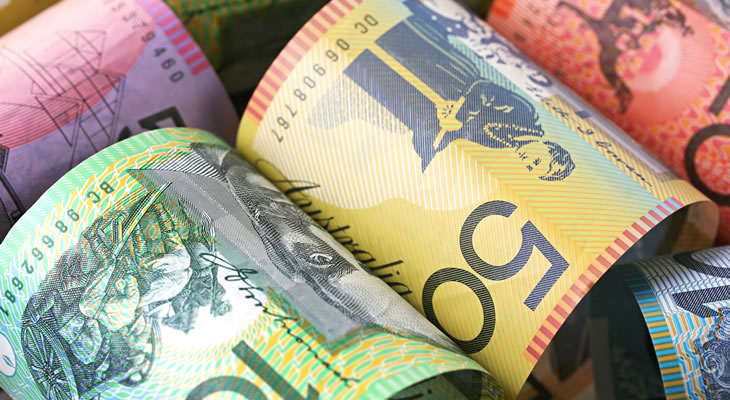Unimpressive IMF Forecasts Limit Pound Australian Dollar (GBP/AUD) Exchange Rate Strength
In spite of Tuesday’s unexpectedly steady UK consumer price index the Pound to Australian Dollar (GBP/AUD) exchange rate struggled to maintain any particular upside for long.
As the latest International Monetary Fund (IMF) assessment noted that the UK needs to do more to address its weak productivity problem the mood towards the Pound (GBP) deteriorated once again.
Investors were not encouraged by the IMF’s forecast of persistent sluggish UK growth either, underlining wider market concerns over the outlook of the domestic economy.
With the UK also looking set to remain at the bottom of the pack within the G7 in terms of gross domestic product growth there seemed little particular reason to favour the Pound in the short term on Wednesday.
Weaker Australian Unemployment Data Forecast to Dent Australian Dollar (AUD) Exchange Rates
The latest raft of Australian labour market data looks set to create further volatility for the GBP/AUD exchange rate.
While forecasts point towards a steady headline unemployment rate the underlying details of the report have the potential to weigh heavily on demand for the Australian Dollar (AUD).
If January’s participation rate shows a dip on the month this could dent AUD exchange rates, prompting fresh concerns over the outlook of the domestic economy.
A weaker showing here could give the Reserve Bank of Australia (RBA) incentive to leave interest rates on hold for longer, to the disappointment of investors.
However, the longer term impact of disappointing employment data may be somewhat limited, as analysts at NAB noted:
‘The growth trajectory and the path of monetary policy will depend on the degree of improvement in wages and consumer spending, which are forecast to lift gradually. This remains a key difference between the RBA’s more upbeat growth forecasts of 3 – 3¼% in 2018 and 2019, although the RBA is highlighting the uncertainty surrounding the household/wages/inflation nexus.’
On the other hand, if the jobs market proves generally resilient this should put additional downside pressure on the GBP/AUD exchange rate.
GBP/AUD Exchange Rate Rally Possible on Uptick in UK Retail Sales
A boost could be in store for the GBP/AUD exchange rate ahead of the weekend if January’s UK retail sales data paints an encouraging picture.
As forecasts suggest a solid rebound in sales on the month, following December’s -1.6% contraction, this may well improve confidence in the domestic outlook.
Given that high levels of consumer spending have helped to shore up the UK economy in the wake of the Brexit vote another strong showing should offset at least some of the negative impact of other recent developments.
Next week’s average weekly earnings figures could provide the Pound with a rallying point, assuming that wage growth shows signs of picking up.
Even so, with inflation still far outpacing wages any positive impact from this data on the GBP/AUD exchange rate is likely to be a little muted.


Comments are closed.